In the high desert of California, flesh-colored boulders rise up out of the stark landscape and embrace a small valley where Keys Ranch stands. Strangely shaped trees cast long shadows on the sides of the simple wooden ranch structures. Animal tracks in the sand tell of the previous night’s adventures when scorpions, kangaroo rats, snakes, and bobcats battled for survival. This seemingly hostile desert environment was settled much later than other more productive areas of the West. Yet it was here, in 1917, that Bill Keys chose to establish a ranch and raise a family. Keys and other 20th-century homesteaders lived much as earlier pioneers in the West had, working hard to make their marginal land holdings successful.
National Park Service website
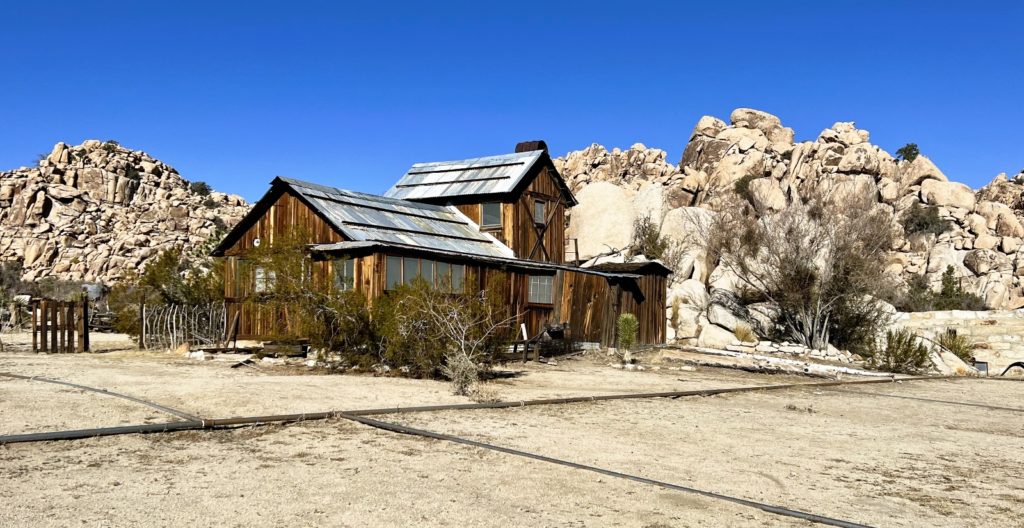
One of our first days adventuring in Joshua Tree National Park was spent taking the ranger led tour of Keys Desert Queen Ranch (also known simply as Keys Ranch). Located at the southernmost edge of the Mojave Desert in an area known as the Wonderland of Rocks, Keys Ranch has been exceptionally well-preserved by the National Park Service. Guided tours include the ranch house, stamp-mill, and scores of rusty cars, trucks, and mining & farm equipment. Even more fascinating than the relics left behind is the story of Bill Keys and his family. Through self-reliance and hard work, they were able to thrive in a punishing environment where most everyone else failed.
Tour Information
To preserve its historic character, admission to Keys Ranch is restricted to ranger led tours. The tours are a half-mile in length and last 90 minutes. Tours are typically held from October – May and are not available during the hot summer months. Tickets are required and can be reserved ahead of time on Recreation.gov. Tickets can be booked up to 60 days in advance. Cost is $10 per person aged 12 and over and $5 for children 6 to 11. Children under six are admitted free. Senior and Access Pass (Golden Age and Golden Access passport) holders pay $5.

For those interested in learning more about the history of Keys Desert Queen Ranch, the National Park Service has a 3 part virtual tour that you can watch from the comfort of your own home. Additionally, the Desert Institute at Joshua Tree National Park has a YouTube presentation by local historian and author, Thomas Crochetiere. It is a bit longer than the park series, but Thomas is a leading authority on Keys Ranch. Three of his books are sold at the park’s visitor centers including a book specifically on Keys Ranch. We were fortunate enough to have Thomas as our tour guide. I’m sure all the guides are good, but we really enjoyed listening to Thomas tell the Keys Ranch story. All quotes in the photos below were taken from his book which can be purchased on Amazon.

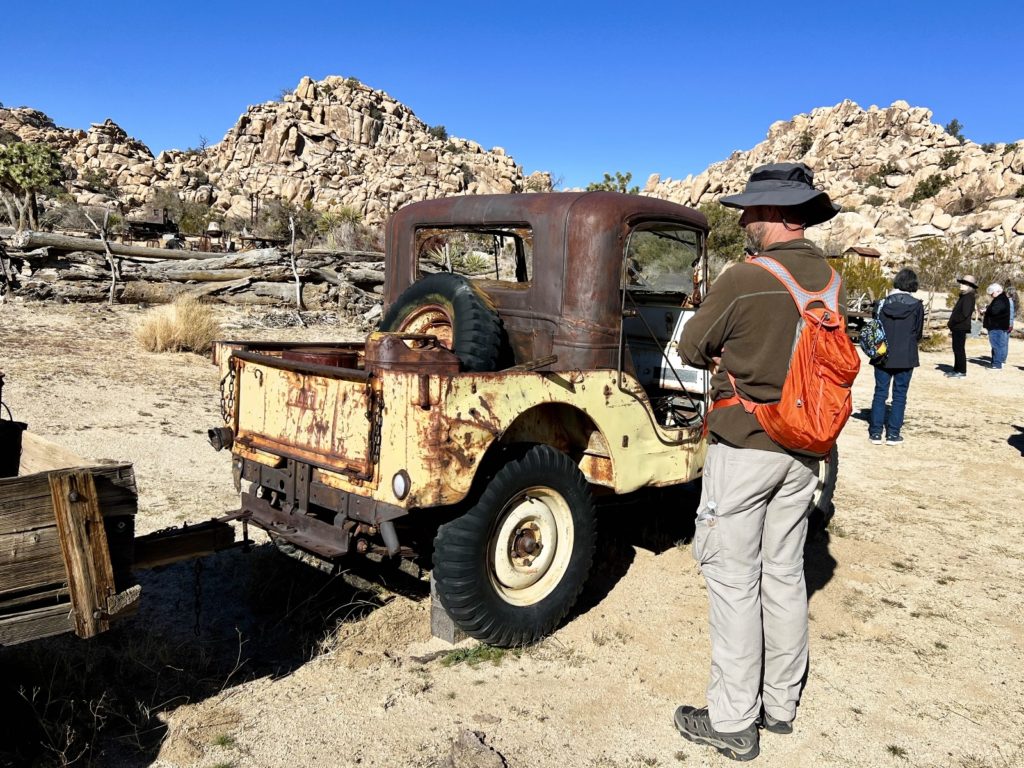
Keys Desert Queen Ranch
Bill Keys arrived in the Joshua Tree area in 1910 at the age of 30. Soon, he began working for the Desert Queen Mine, one of the longest-lived and most productive mines in the area. In 1913, Keys began construction of a permanent cabin to live in while staying at the nearby mine and filed a homestead on the property. After the Desert Queen Mine owner died, Bill filed a claim against the estate for back wages. The estate’s attorney deeded the mine to Keys in 1917. Bill would continue to build his Desert Queen Ranch until his death in 1969.
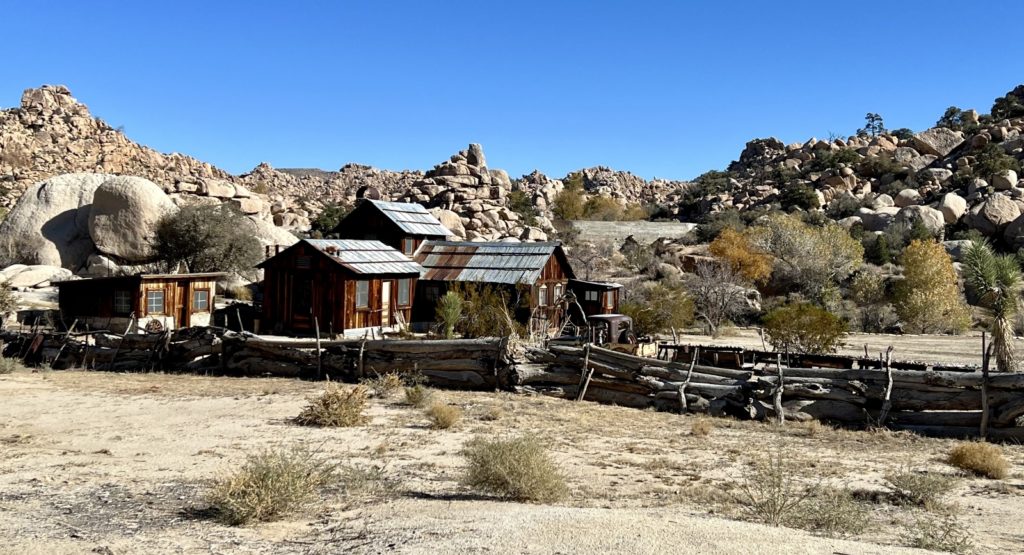
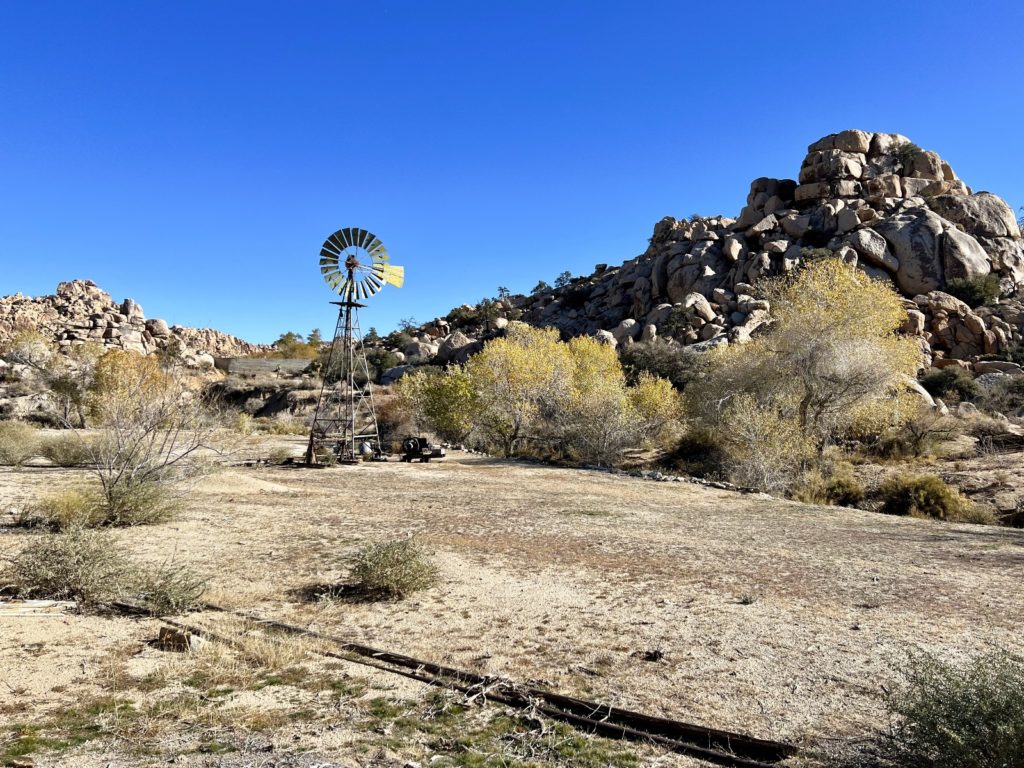
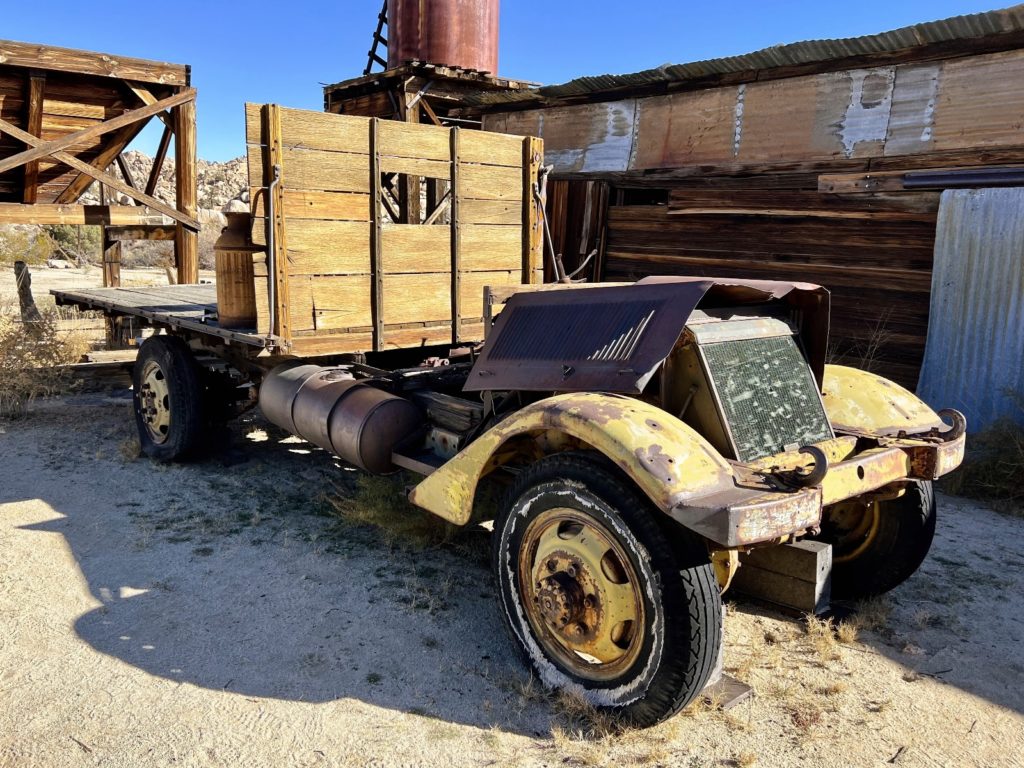
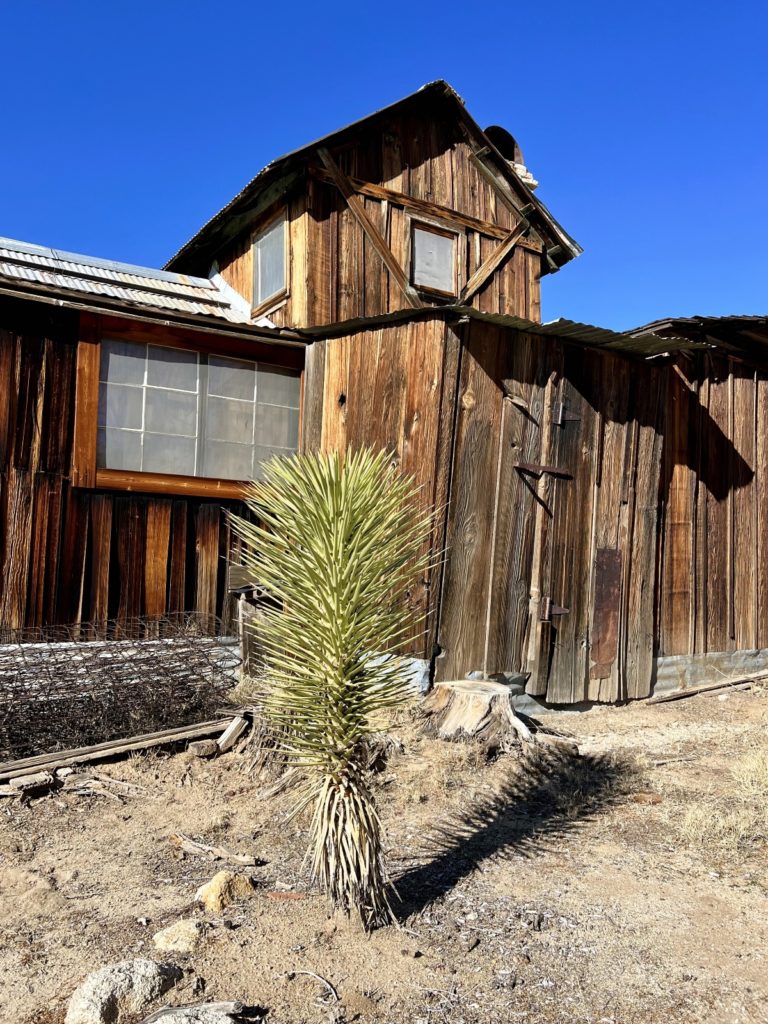
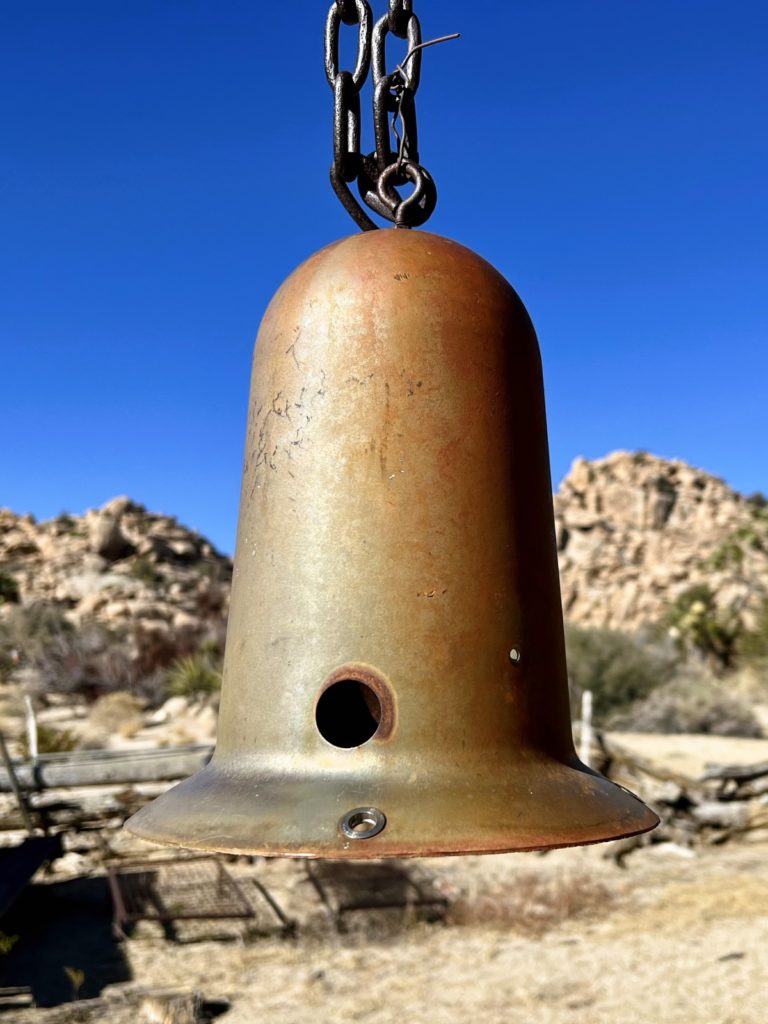
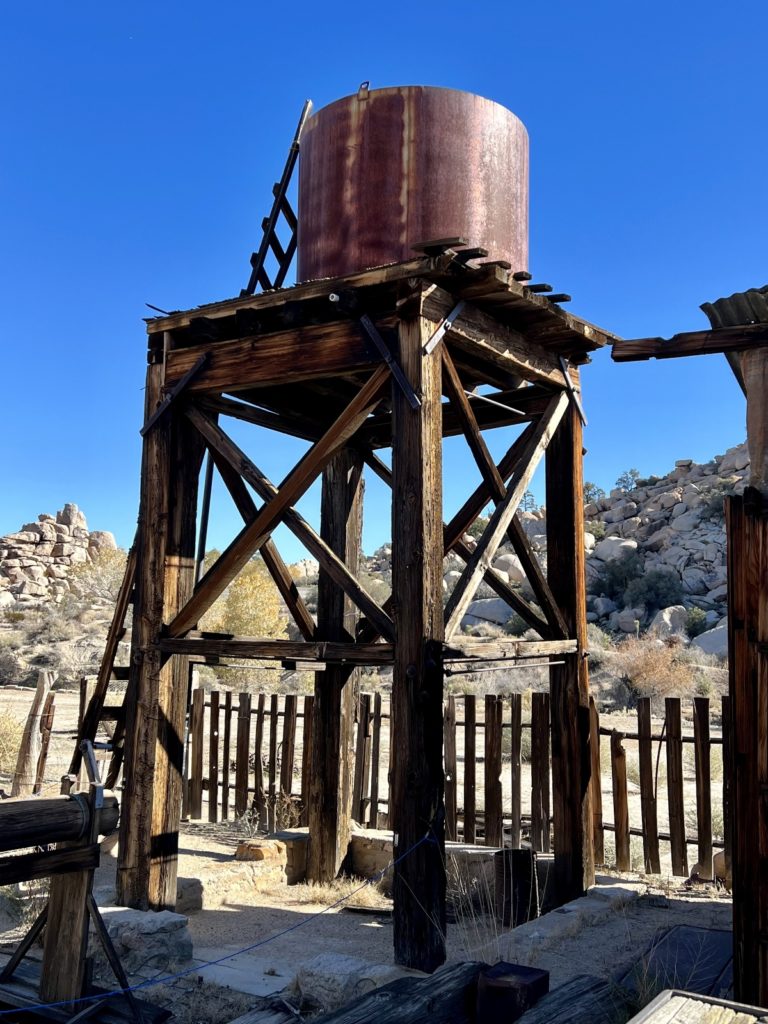
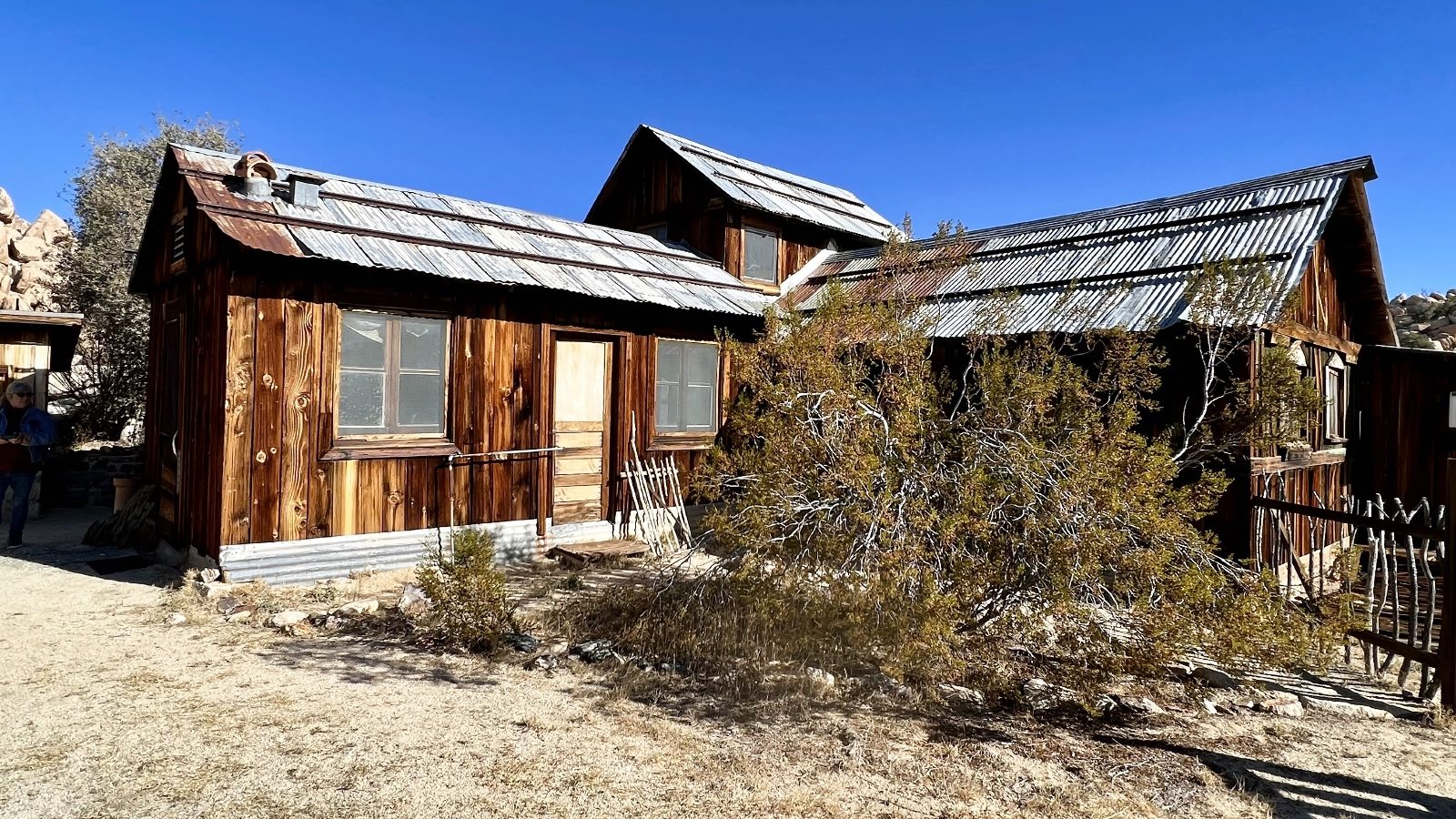
Keys married Francis M. Lawton in 1918. They had seven children together. Two died just days after birth. Another died at age 11 after a tragic accident at the ranch’s well. These three children, as well as Bill and Francis, are buried in the family cemetery on the ranch. The cemetery is privately owned by the family and is off-limits to the public.
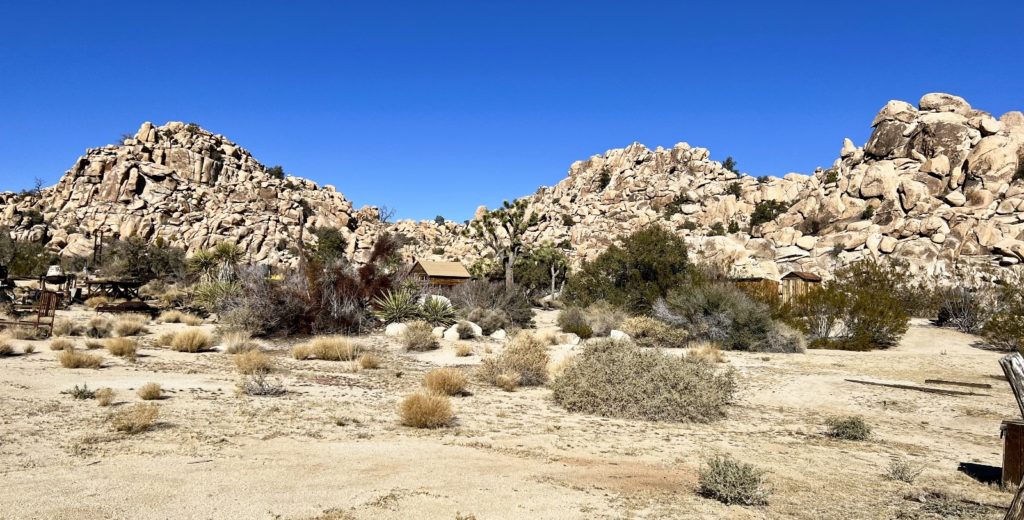
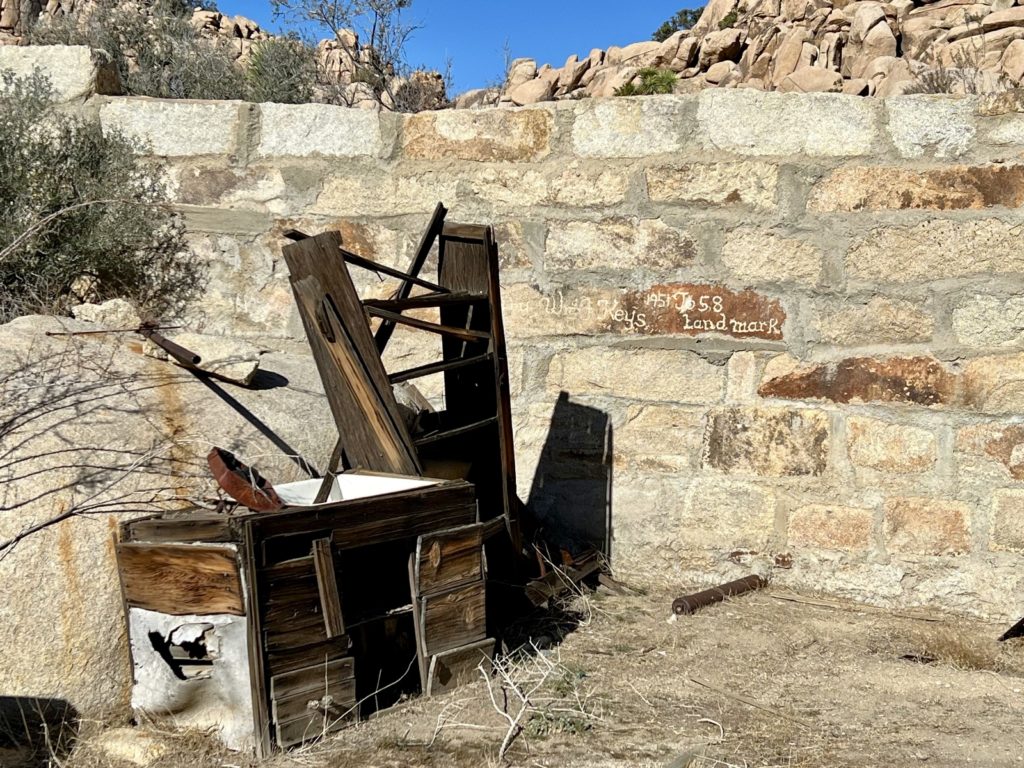
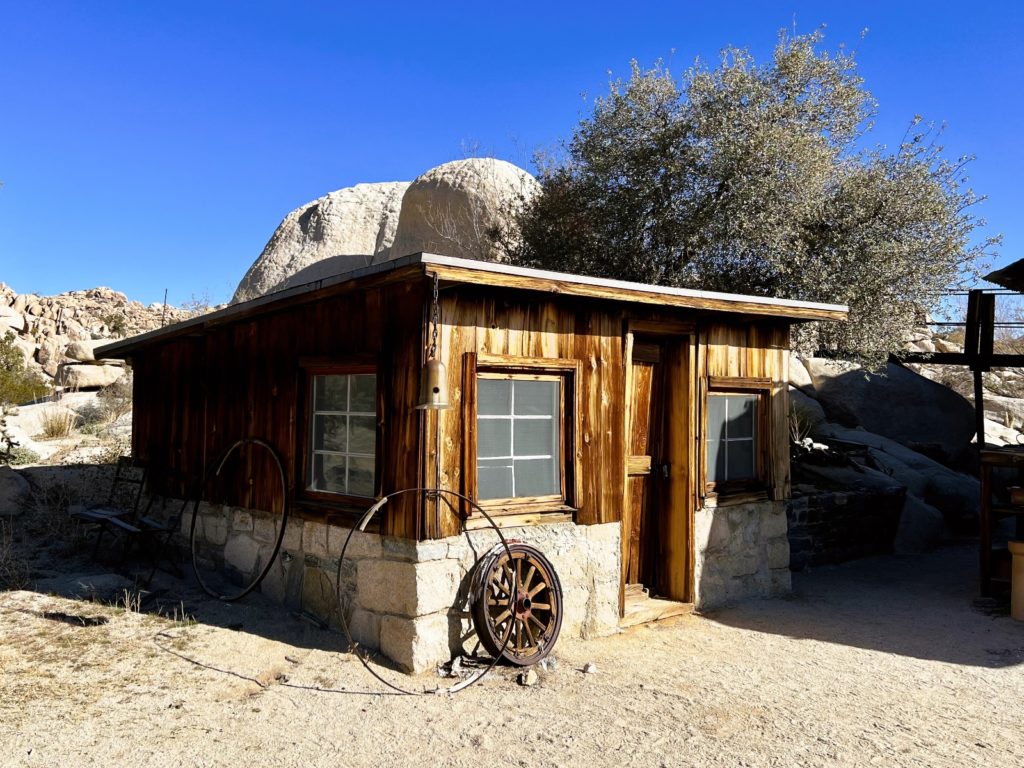
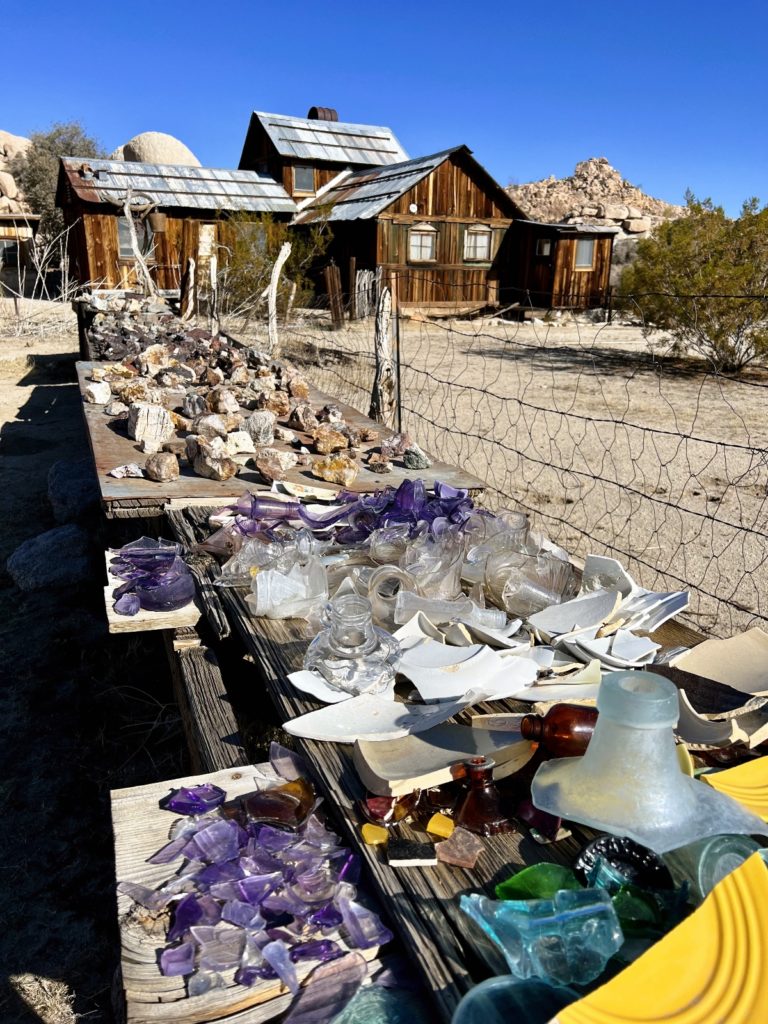
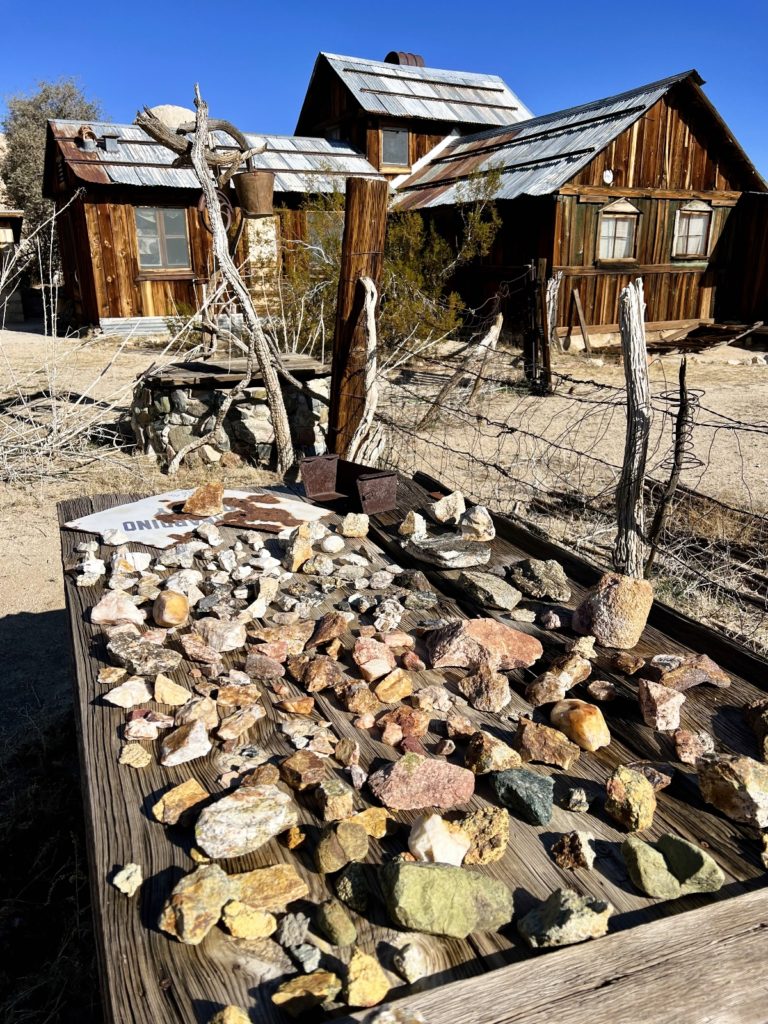
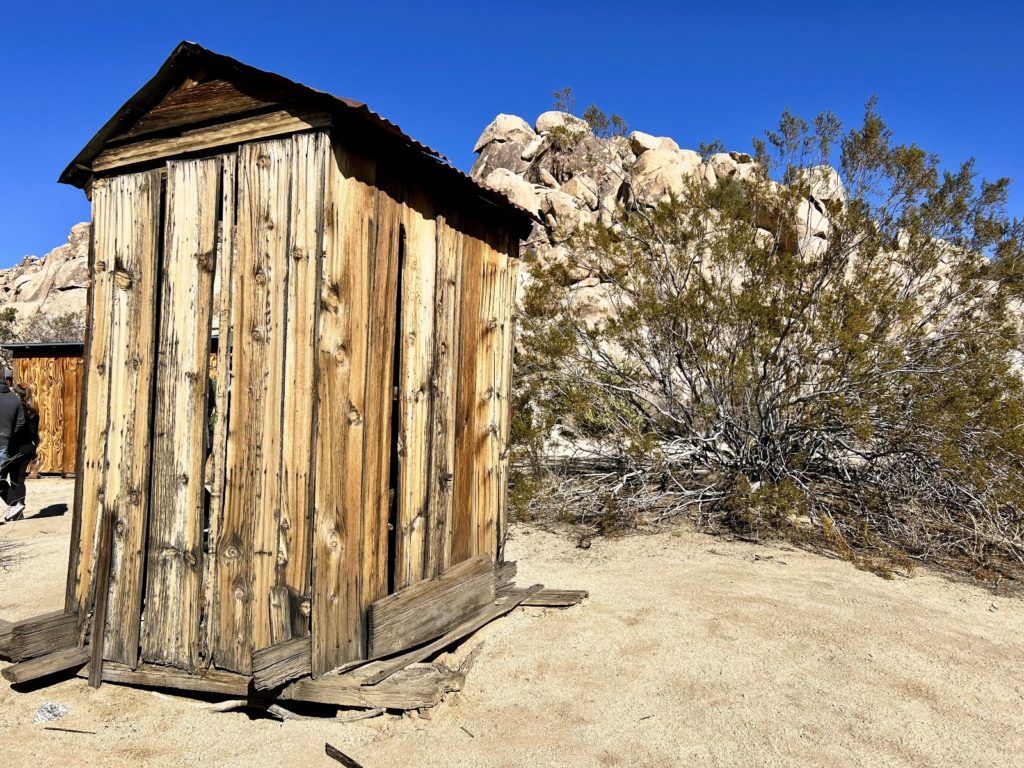
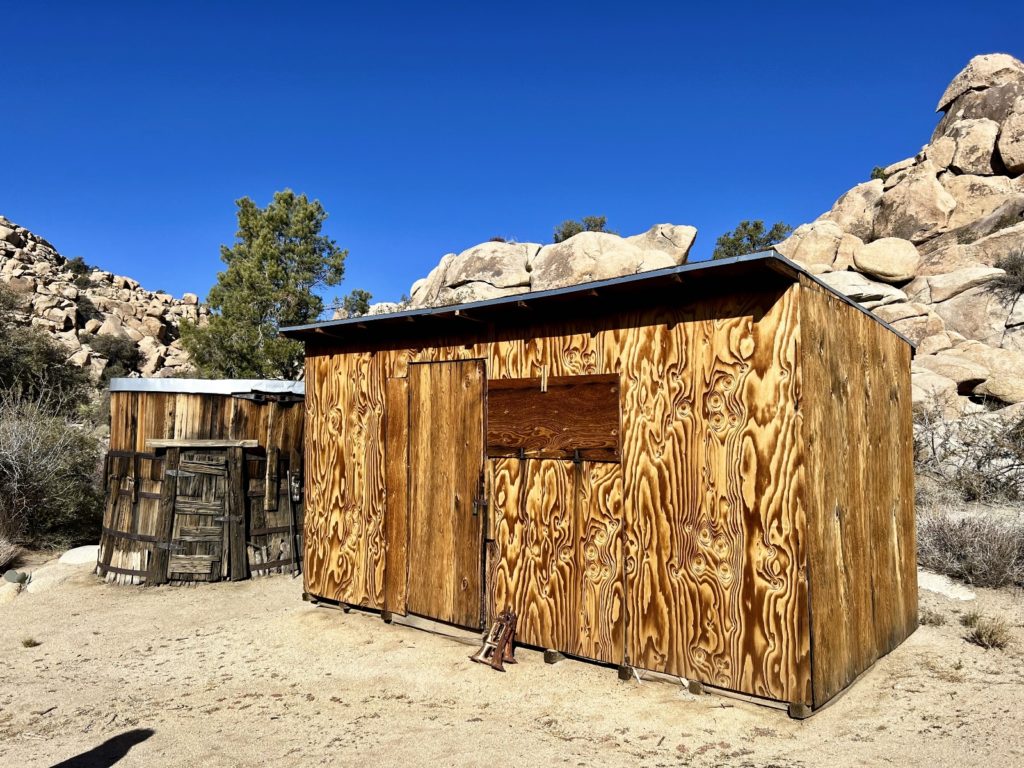
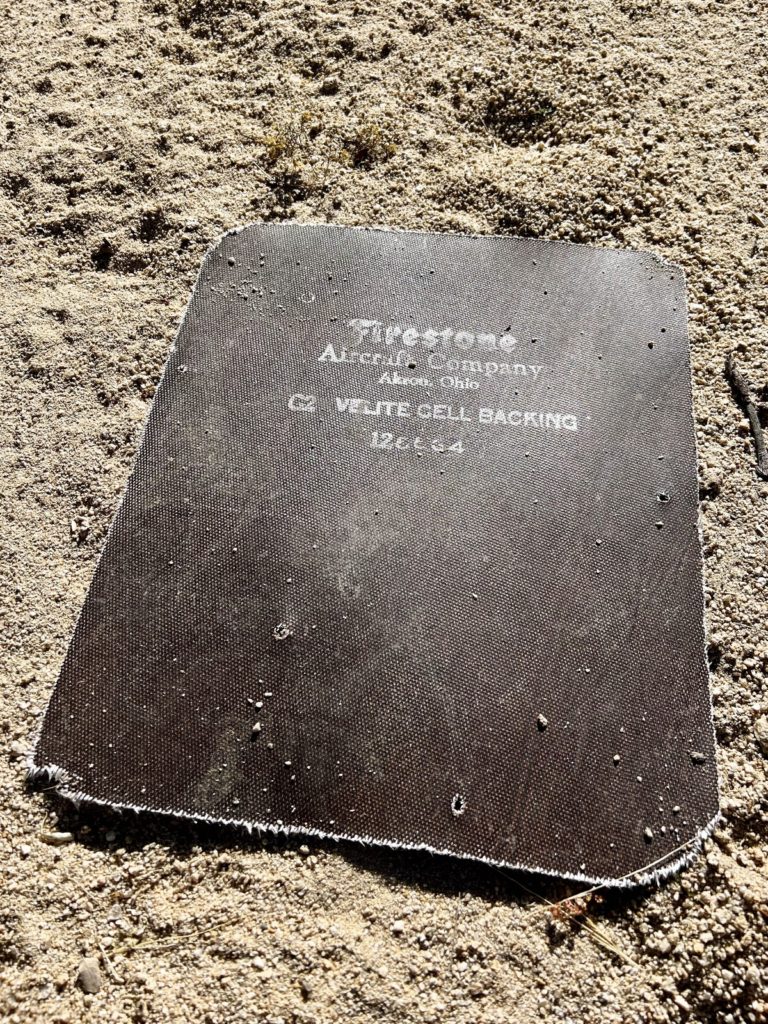
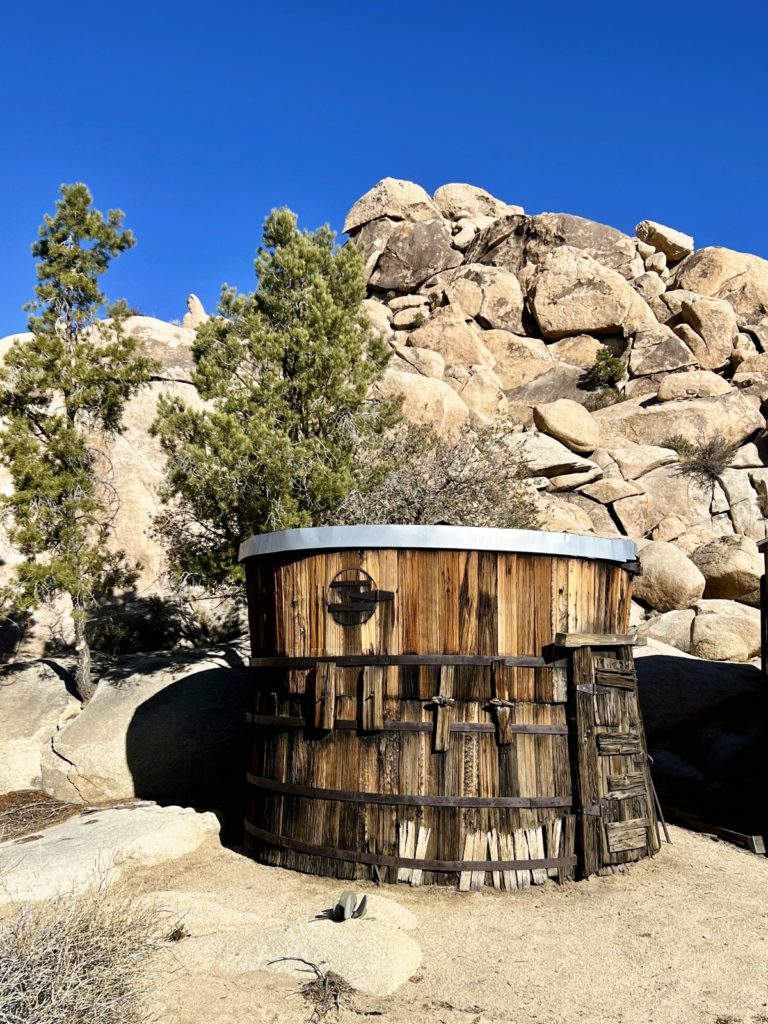
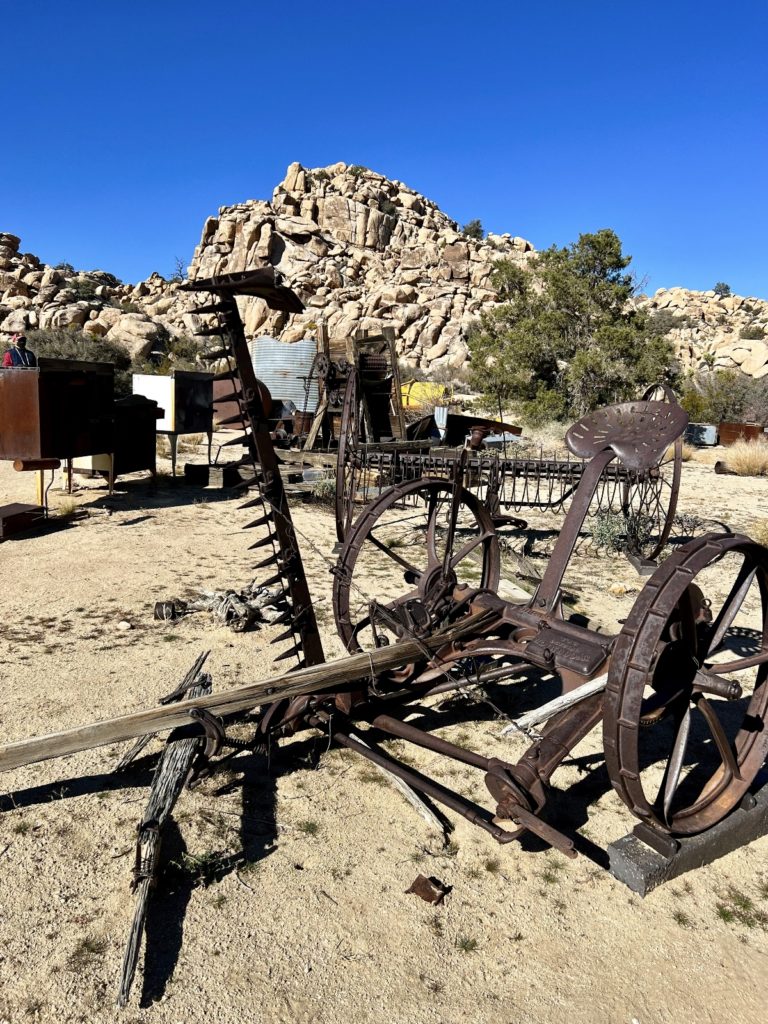
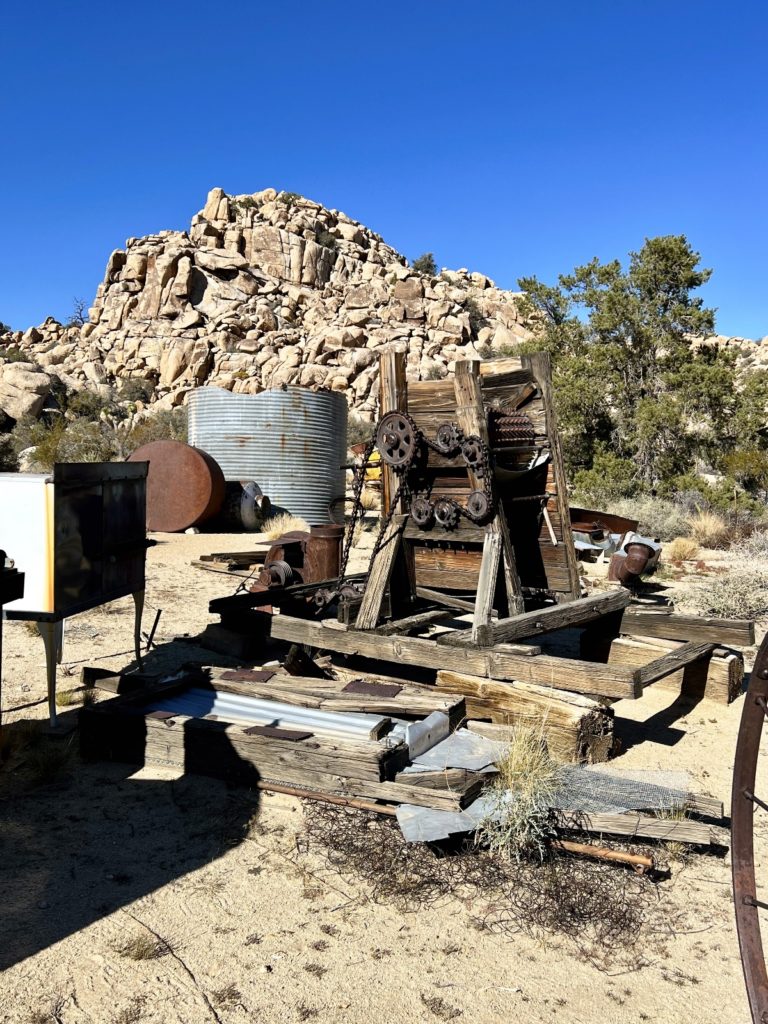
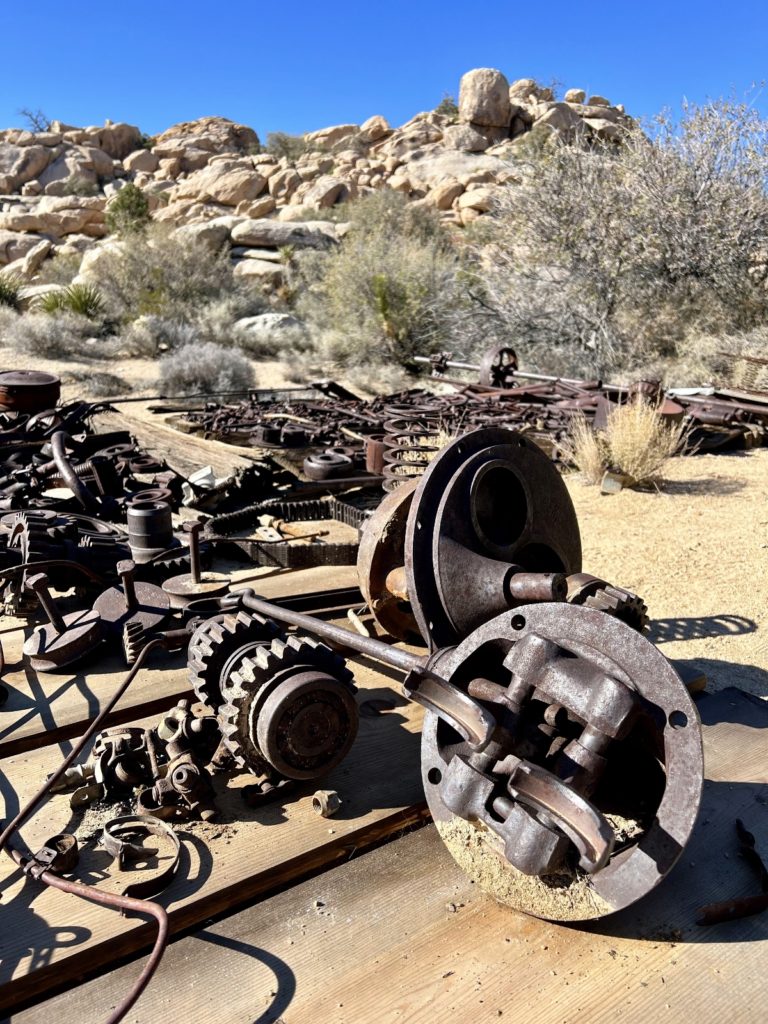
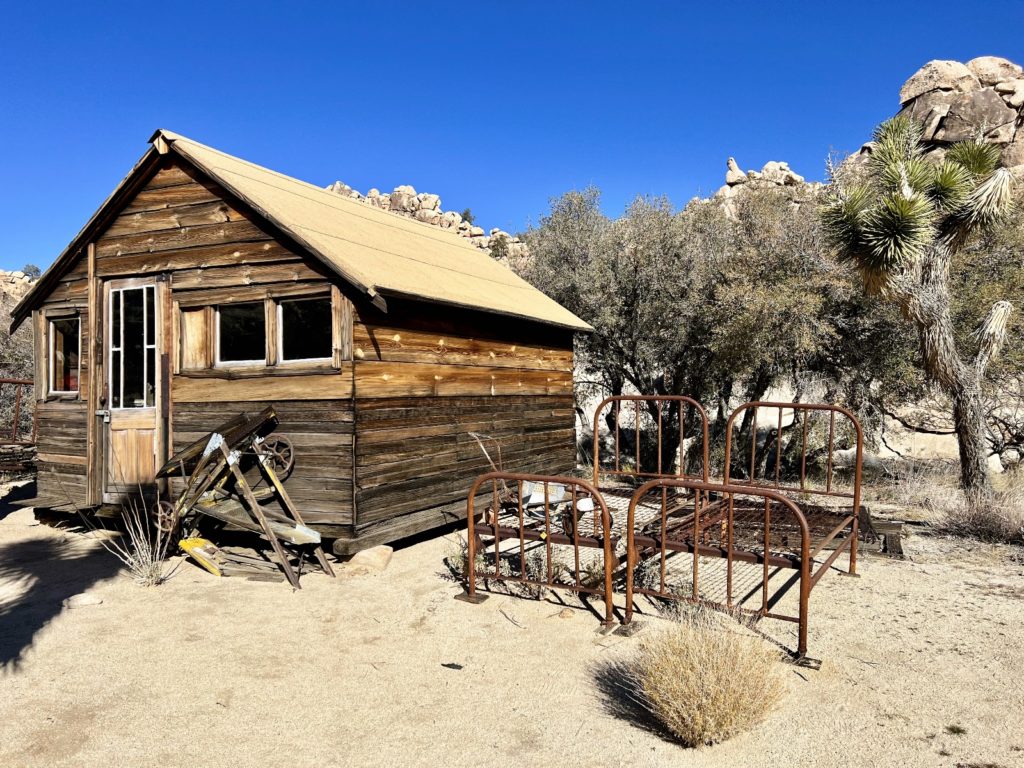
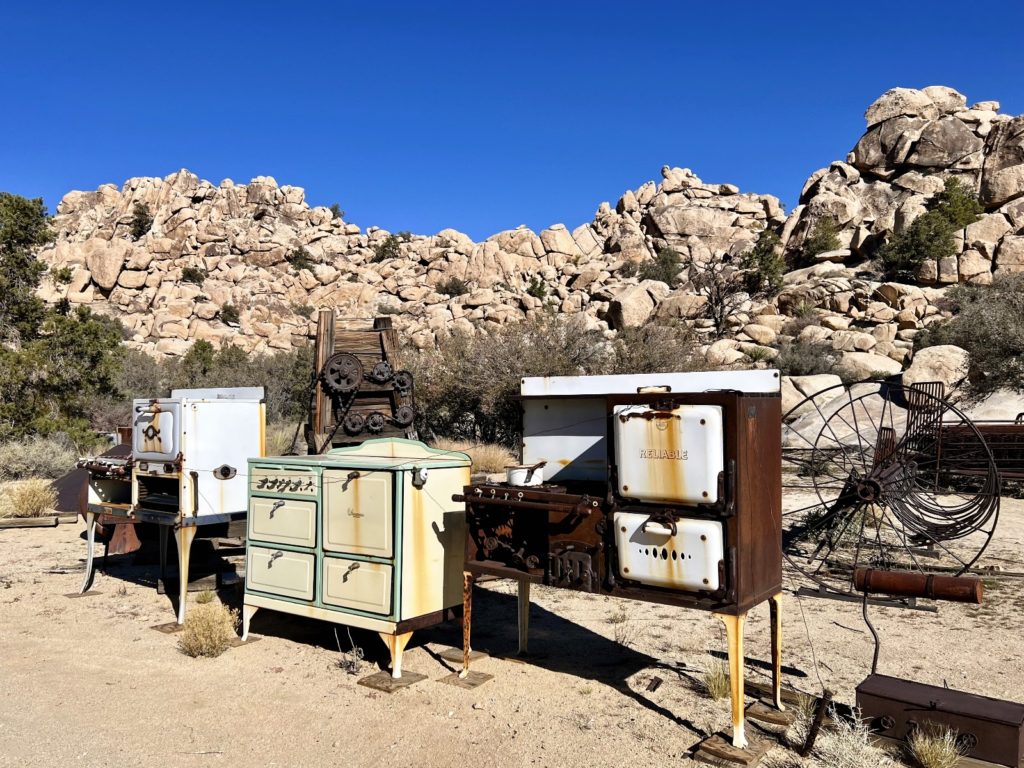
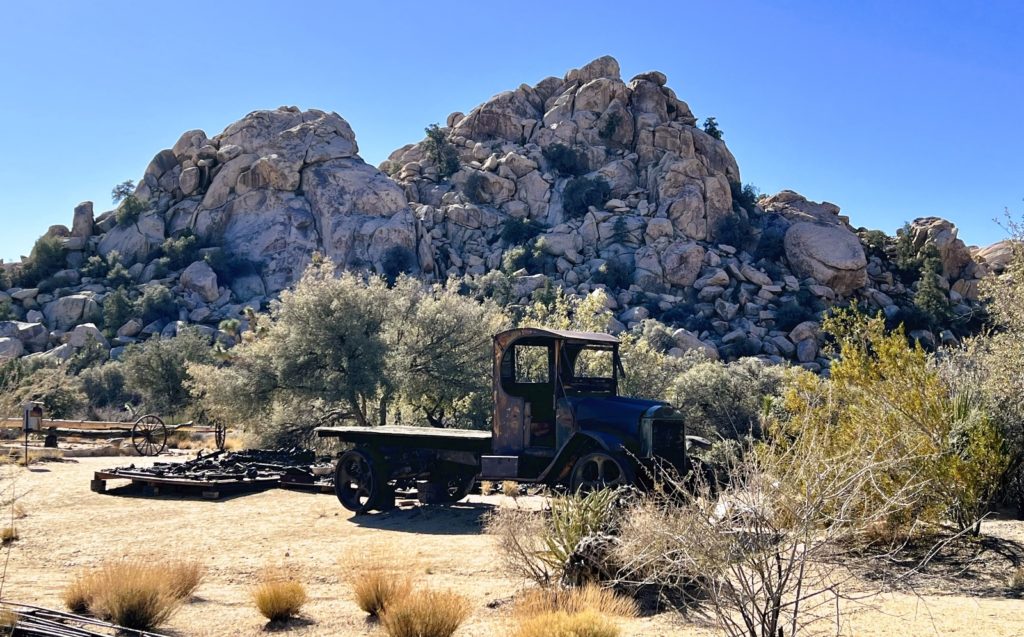

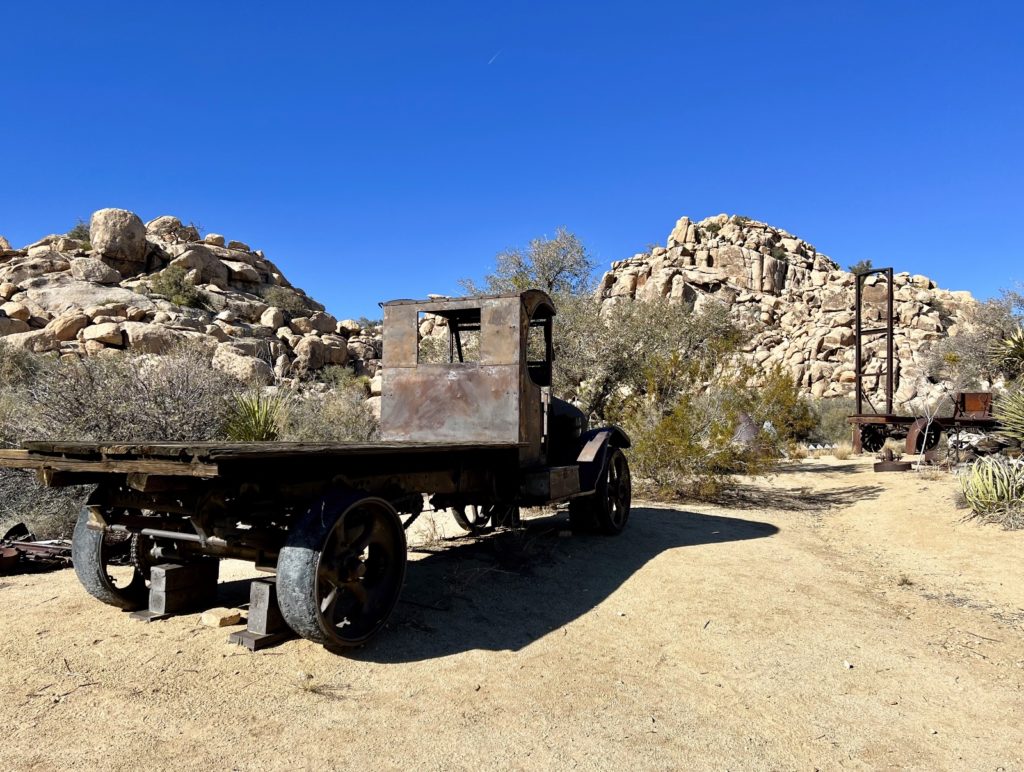
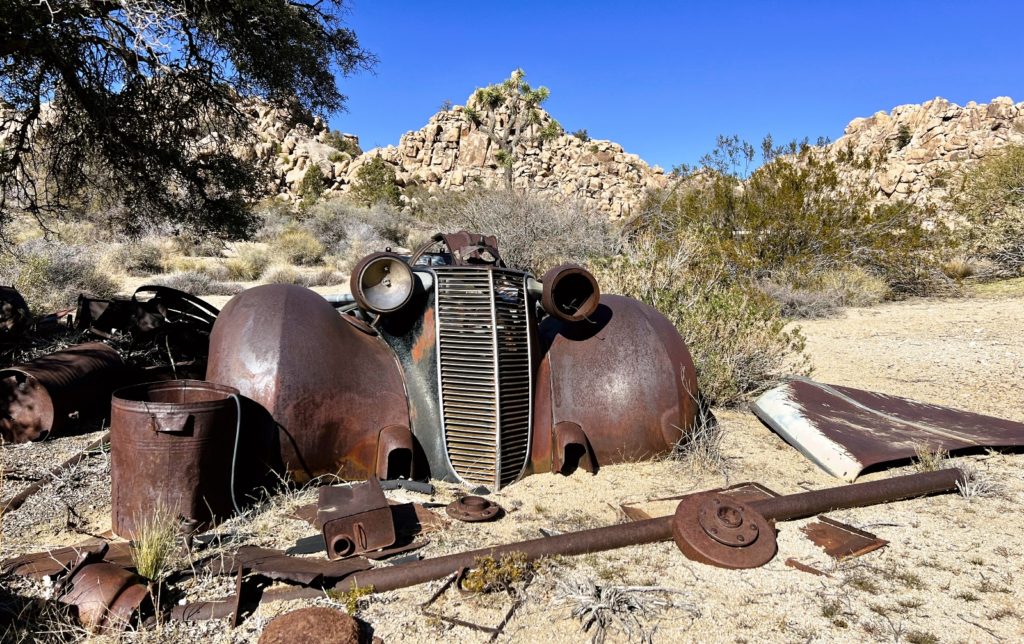
Keys pursued both ranching and mining to make a living in the harsh desert environment. The remoteness of the ranch demanded self-reliance. The closest town for food and supplies was nearly 60 miles away over a rough and deeply rutted road. The Keys raised chickens, cattle, horses, burros, and goats; dug wells and dammed canyons to utilize the area’s scare water; cultivated a fruit orchard, garden, and grain crops; owned dozens of mining claims; ran multiple mills processing ore for other miners; and established a local school.

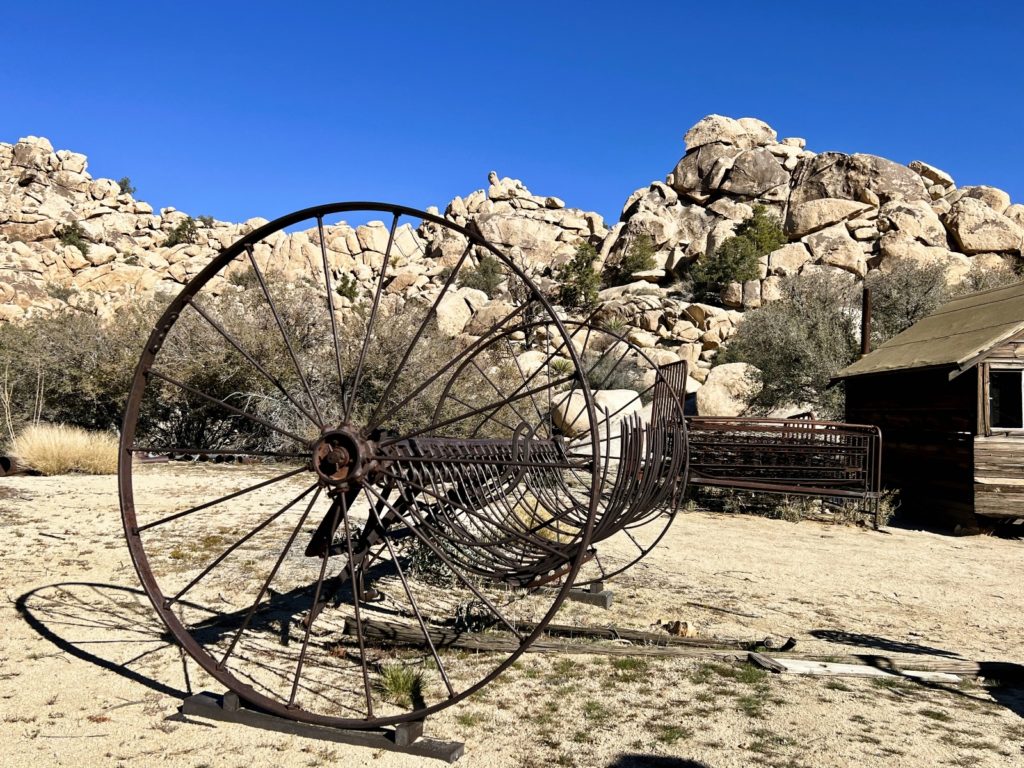
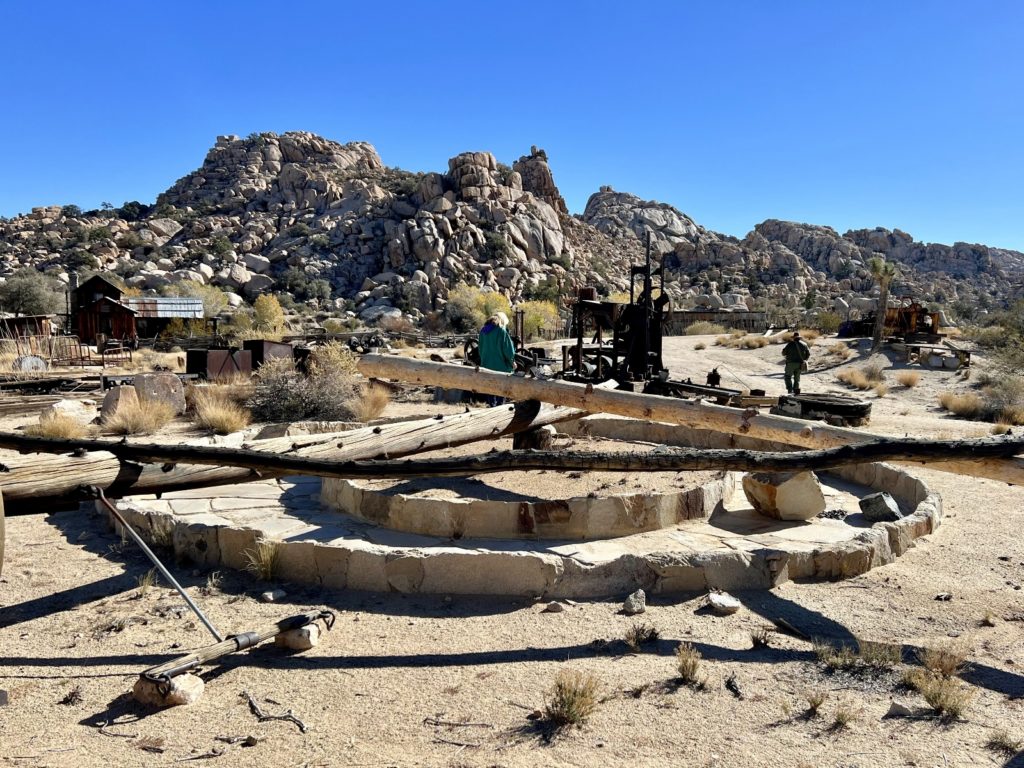


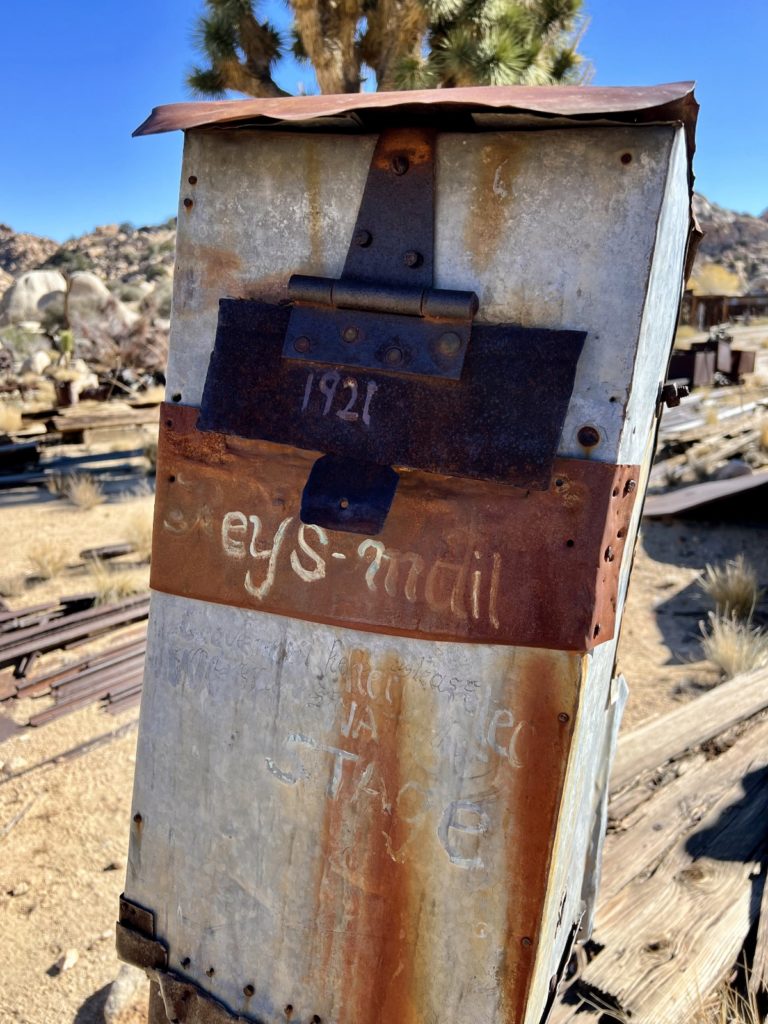
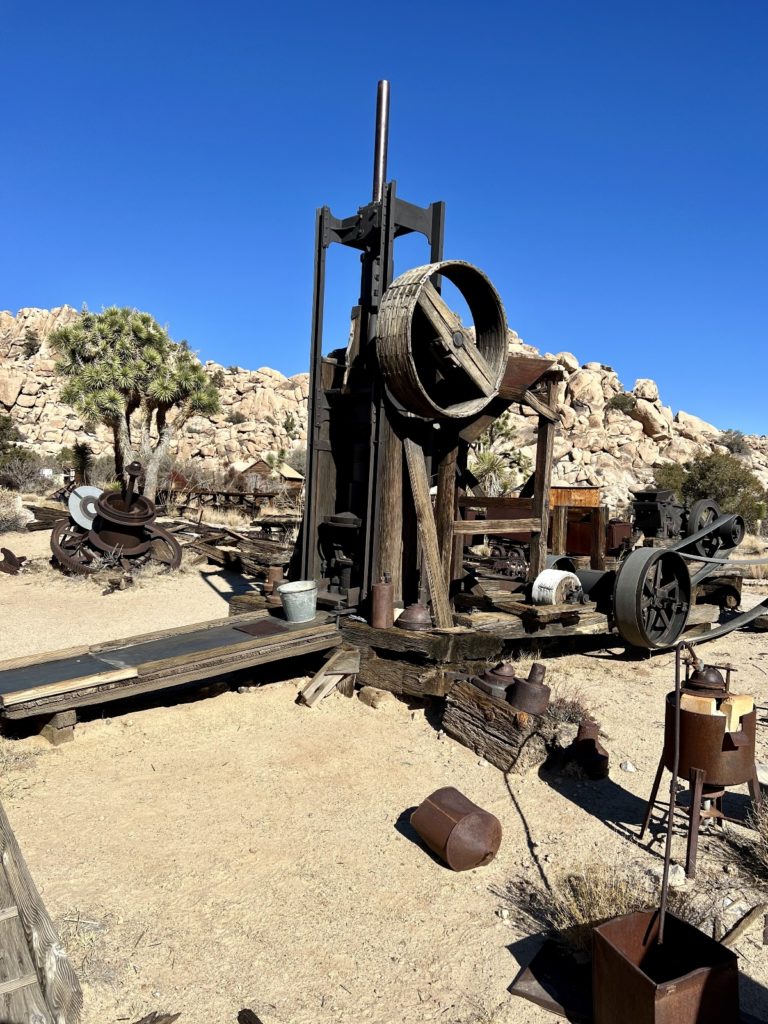
Keys didn’t let anything go to waste and he was a master at figuring out how to reuse old parts and items left behind by failed ranchers and miners. This included cabins, cars, farming and mining equipment, etc. He even bought out a junk yard once and moved everything to the ranch. Given the distance to town, it was easier to improvise the parts they needed than go all the way to town.
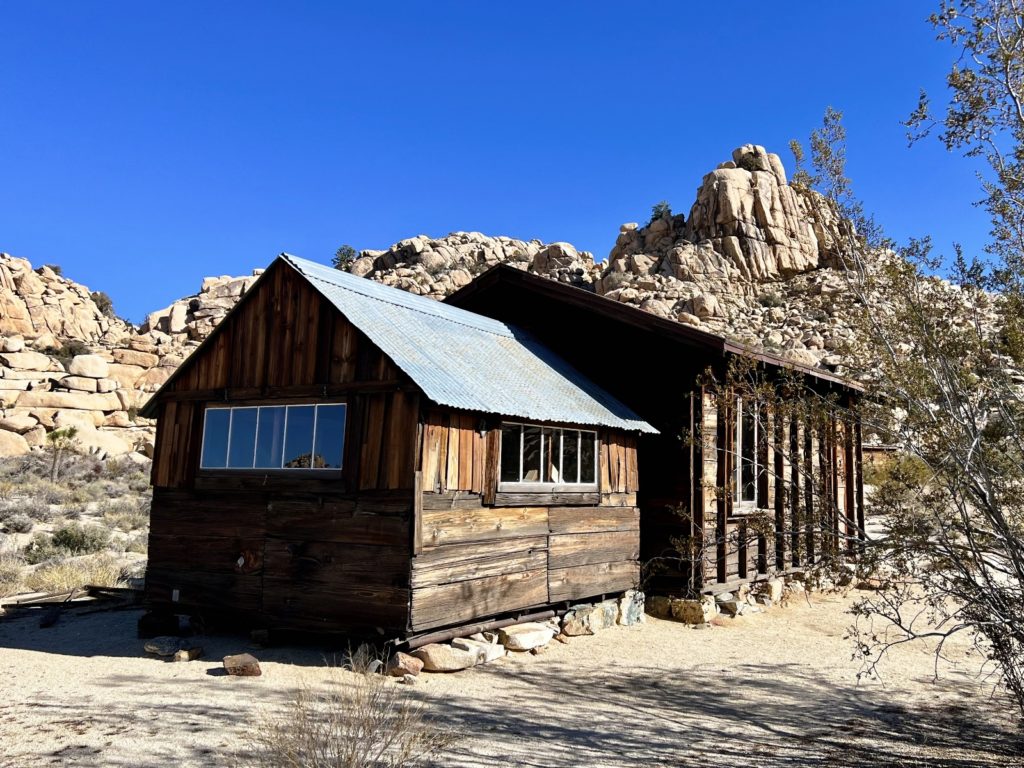
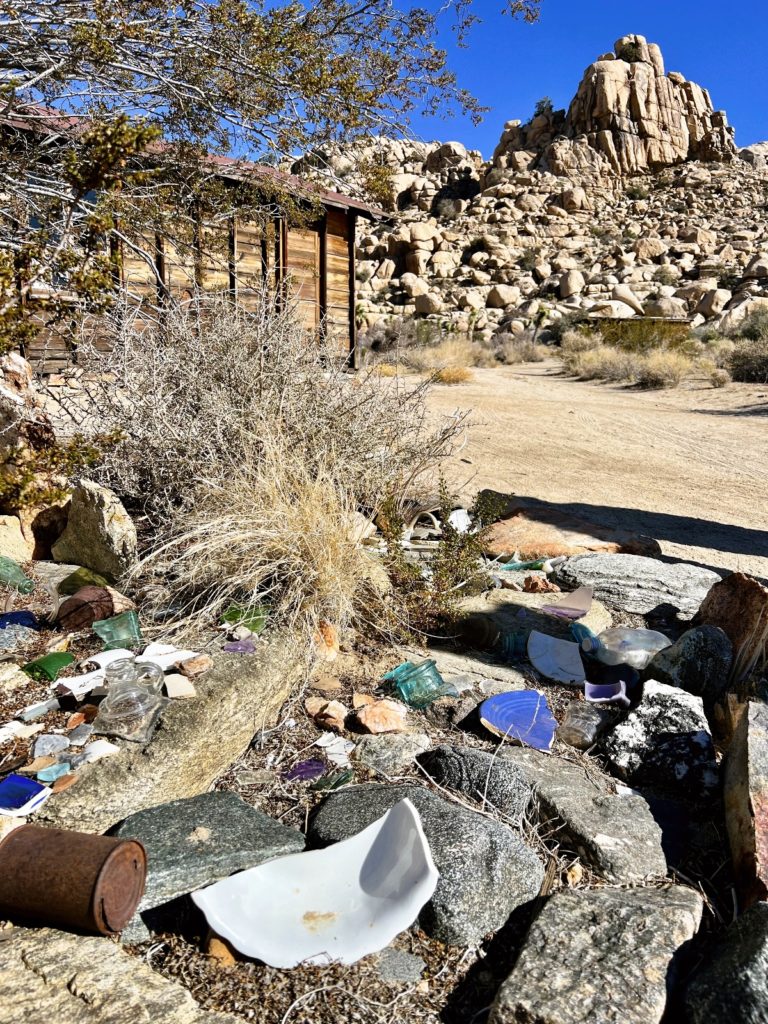
This is just a small portion of the Keys Ranch story and doesn’t include Bill’s strained relations with the National Park Service once Joshua Tree became a National Monument in 1936 or his time spent in prison for a murder he committed in self defense. The life of Bill Keys and the story of Keys Ranch have every element you could hope for in a Wild West tale and I encourage you to visit the ranch (virtually or in person) to experience it for yourself.
Related Posts
- Our Joshua Tree National Park Adventures Begin
- Joshua Tree National Park: Black Rock Canyon-Panorama Loop
- Joshua Tree National Park: Barker Dam & Wall Street Mill
- Joshua Tree National Park: Willow Hole
- Joshua Tree National Park: Skull Rock-Split Rock Loop In the Snow!
- So Cal’s Lake Cahuilla and Lost Palm Oasis
- Our Return Trip Home Begins With a Layover at Joshua Tree
The Adventure Continues
Join us for our next post as we explore the Black Rock Canyon area of Joshua Tree National Park. And don’t forget to check out our Amazon RV and Adventure Gear recommendations. We only post products that we use and that meet the Evans Outdoor Adventures seal of approval. By accessing Amazon through our links and making any purchase (even things as simple as toothpaste!), you get Amazon’s every day low pricing and they share a little with us. This helps us maintain this website and is much appreciated!

Extremely cool and well documented ! Beautiful!
Thank you!
Thank you Kathleen! The Keys story was so fascinating and the ranch so well preserved, it was hard to limit the blog post as much as I did 🙂
Happy trails,
Lusha